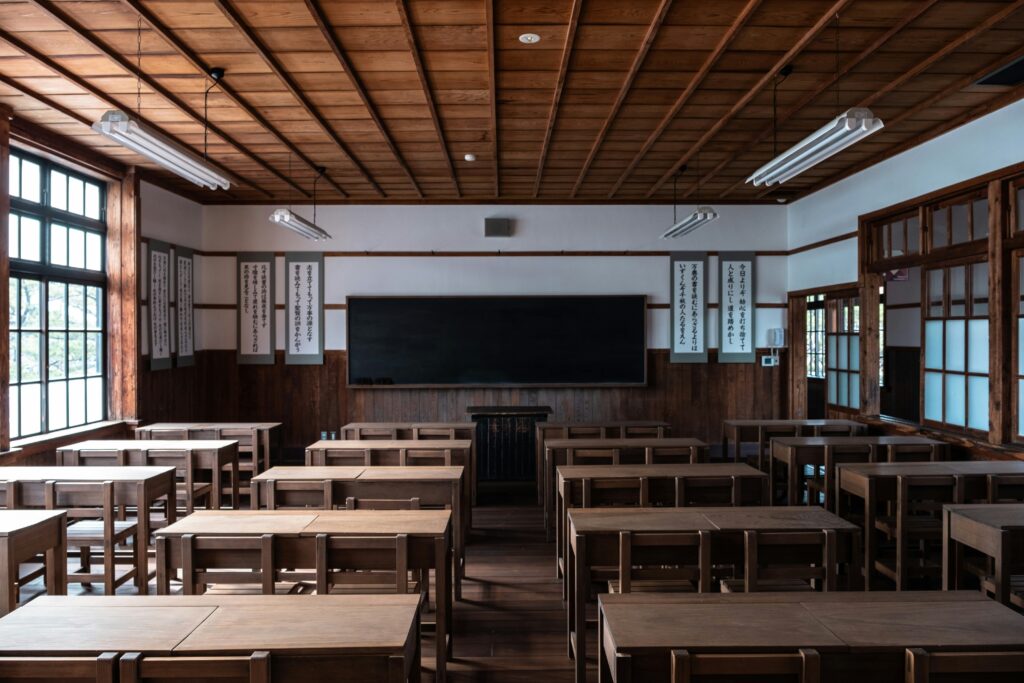
Language teachers meet a wide range of people in the classroom. Our students vary in age and language proficiency level, in cultural background and in personality. As professionals, it’s beneficial to ourselves and our students to be welcoming of this diversity and to have a framework for helping people with the broad range of personality traits that our students bring to class. People differ, and the more we understand the differences, the more skillfully we can interact with and help them to learn. One way we differ that is particularly important in language learning is in our anxiety levels. A lot of the language learning process involves interpersonal interaction, which can be more difficult for those with high anxiety levels.
So, as language teachers, what can we do to help?
Firstly, we should be aware that different personality types present different challenges and opportunities: for the class as a whole, for the student themselves as individuals, and for the teacher. Anxiety is one of the personality factors with a big impact on learning outcomes in the language classroom. According to a study published in Language Testing in Asia, anxiety can interfere with the processes of language encoding, storage, and retrieval. Another study found that anxiety can hinder second language learning by causing learners to focus too much on their mistakes and preventing them from trying new things. So a lot depends on how well the teacher can help anxious students to feel more comfortable in the class and enjoy the learning process more.
Here are some tips that might help:
1. **Educate yourself about anxiety**: The more you understand about anxiety, the better equipped you will be to help your students. You can read up on the topic or attend workshops and seminars to learn more.

2. **Create a safe and supportive classroom environment**: Students with anxiety may feel overwhelmed or threatened in certain situations. You can help by creating a classroom environment that is safe, supportive, and non-judgmental. Encourage your students to share their thoughts and feelings, and be empathetic and understanding.
3. **Teach relaxation techniques**: Relaxation techniques such as deep breathing, progressive muscle relaxation, and visualization can help students manage their anxiety. You can incorporate these techniques into your lessons or teach them as standalone exercises.
4. **Emphasize the positive**: Encourage your students to replace negative thoughts about their learning experience with positive ones. For example, instead of thinking “I’ve made so many mistakes” they can think “I learned a lot today!”. Let the student know when they have made progress. Give them positive feedback.
5. **Break down tasks into smaller steps**: Large tasks can be overwhelming for students with anxiety. Breaking them down into smaller, more manageable steps can help reduce anxiety and increase confidence.

6. **Provide support and resources**: Let your students know that you are there to support them. You can also provide them with resources such as books, websites, or counseling services that can help them manage their anxiety.
7. **Use group work**: Group work can help students with anxiety feel less isolated and more connected to their peers. It can also provide opportunities for students to practice their language skills in a supportive environment.
I hope these tips are helpful. Every student is different, and what works for one student may not work for another. If you have any concerns about a student’s mental health, it’s always best to consult with a licensed therapist or counselor.

